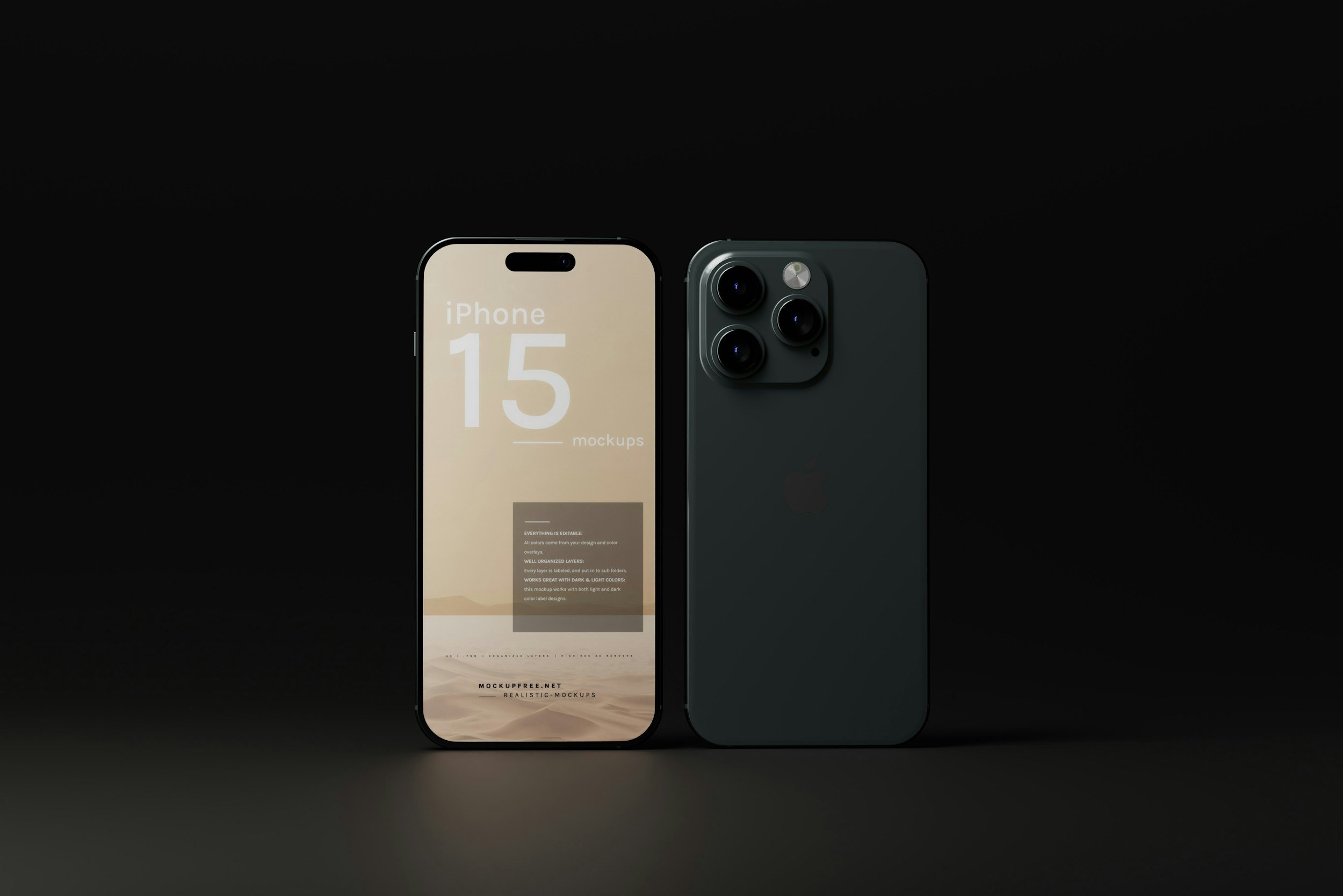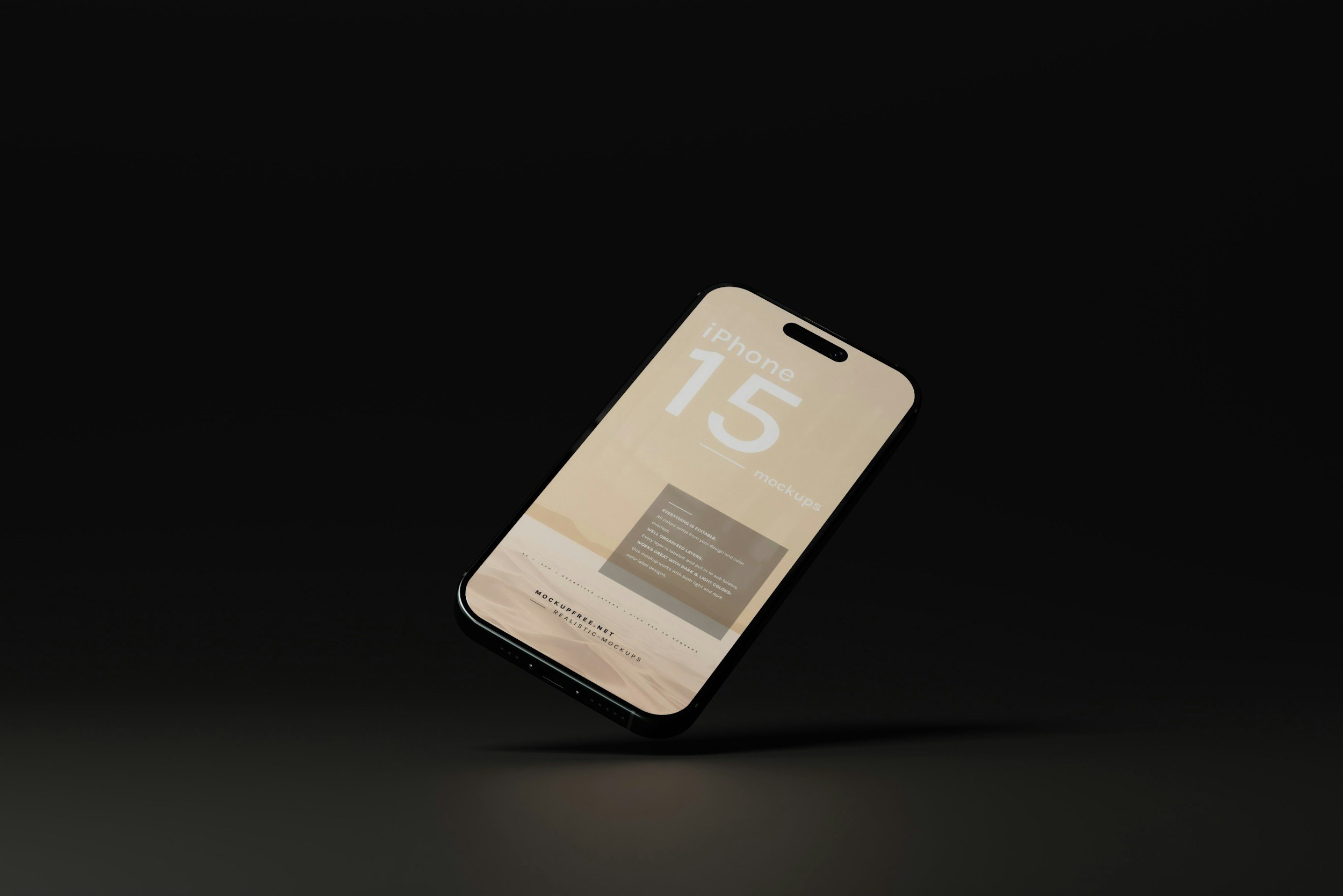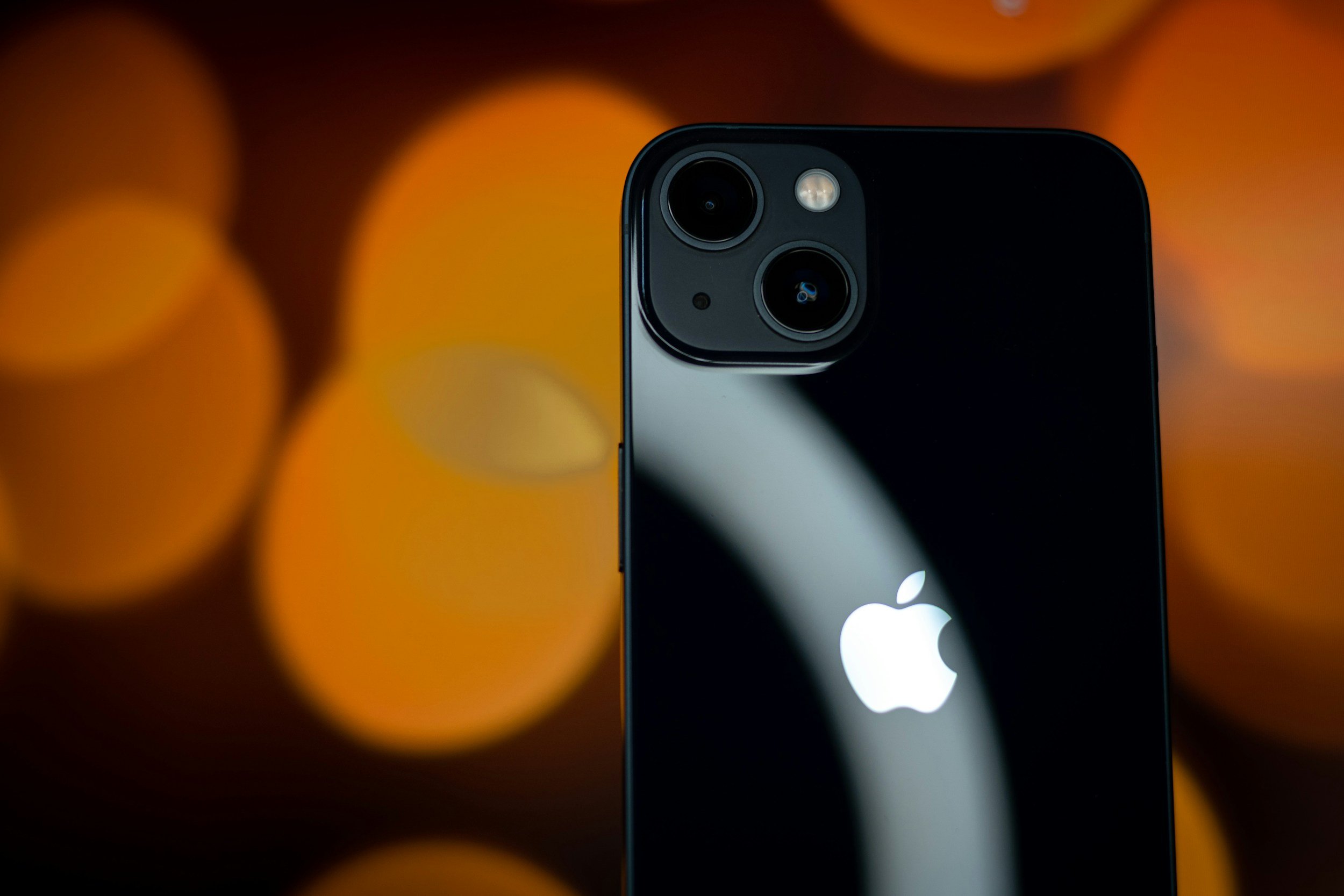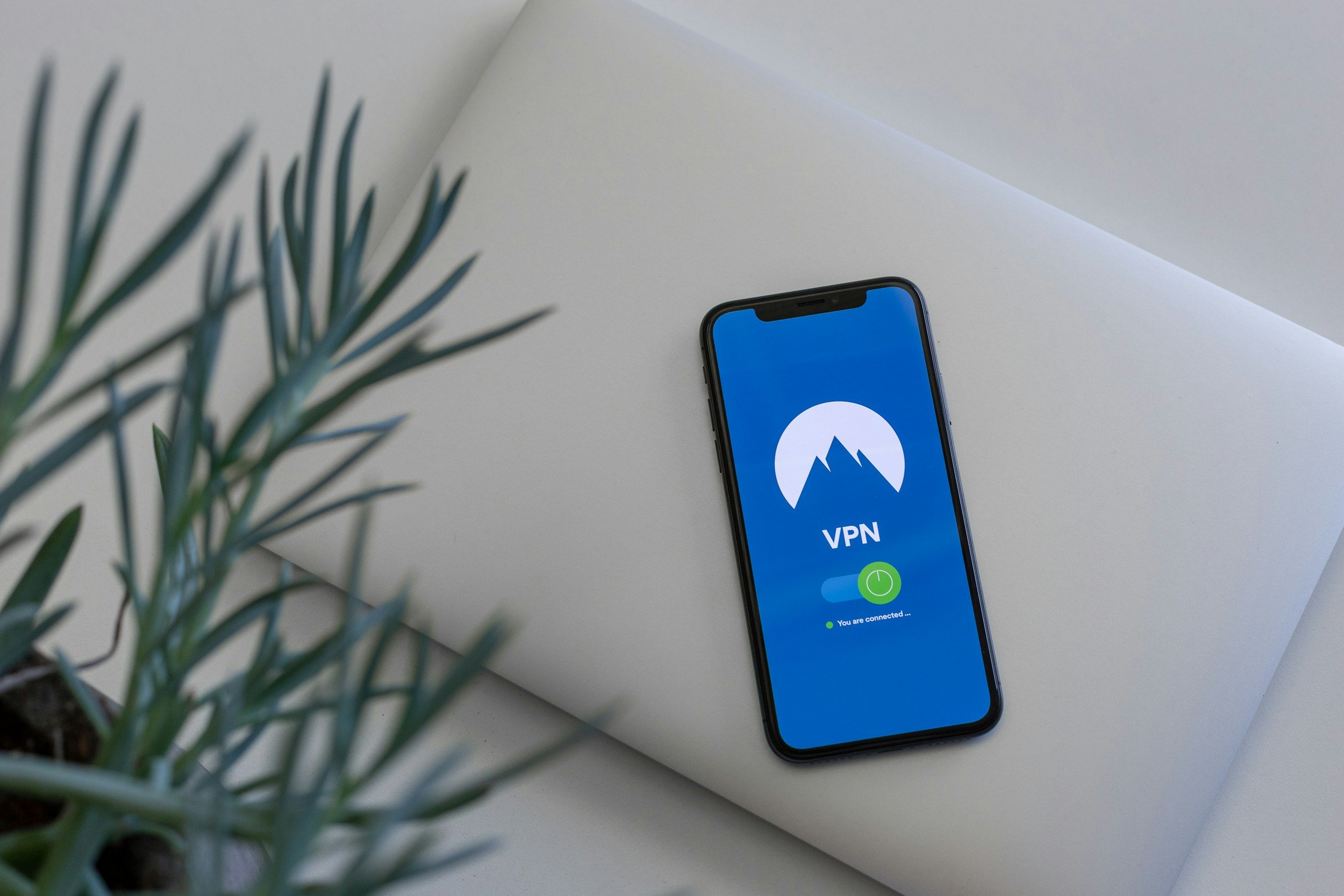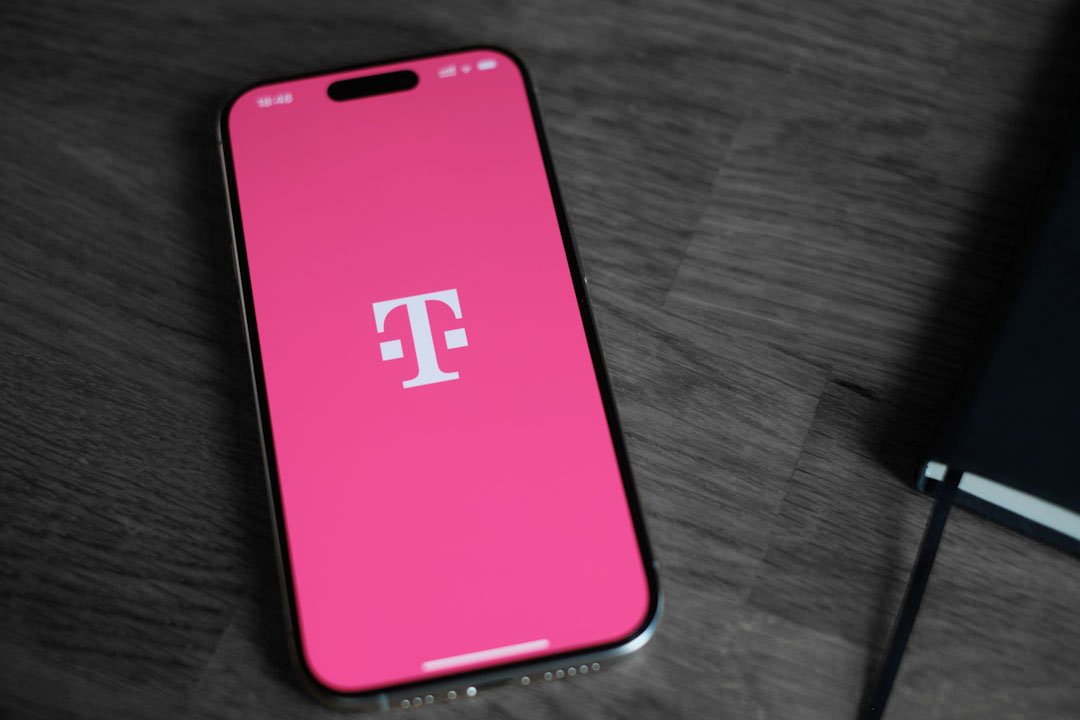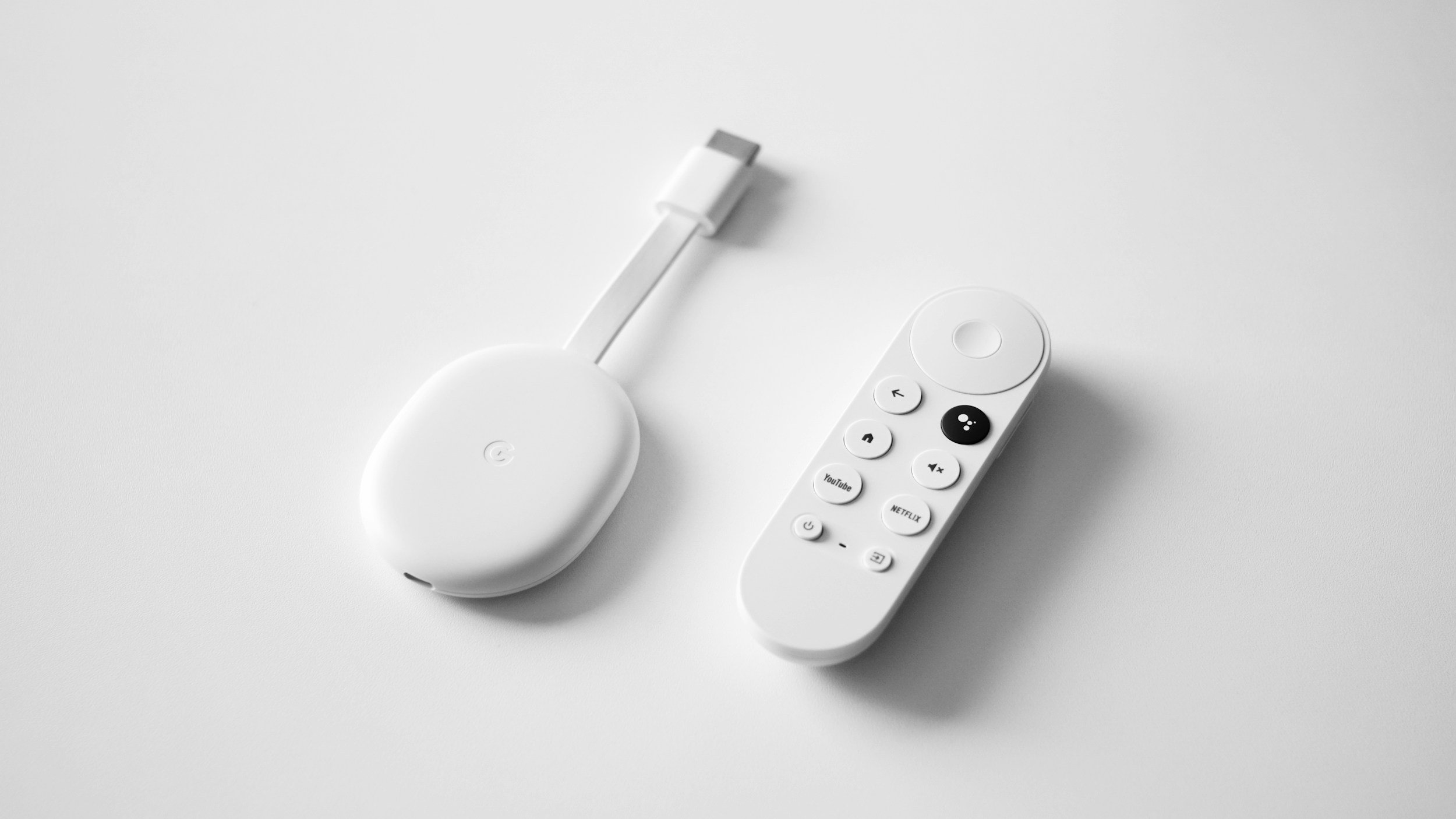Does the iPhone 15 Have eSIM? – Everything You Need to Know
When you purchase through links on my site, I may earn an affiliate commission. Here’s how it works.
Table of Contents Show
Does the iPhone 15 really go all-in on eSIM? And if so, what's the deal with it?
Well, that's exactly what we're gonna dive into today. We'll break down what eSIMs actually are, how they work on the iPhone 15, and why you should even care. Spoiler alert: this stuff actually matters for anyone thinking about upgrading or switching to the latest iPhone.
So, whether you're an iPhone die-hard, someone just curious about this eSIM thing, or on the fence about upgrading, stick around. By the end of this, you'll know exactly what the iPhone 15's eSIM situation is, and if it's the right move for you. Let's get into it!
What Is an eSIM?
Think of an eSIM (short for embedded SIM) as a tiny chip, smaller than a grain of rice, that's soldered directly onto your phone's motherboard.
It does the exact same thing as the physical SIM card you're used to – connecting you to your carrier's network – but without the need for that fiddly little plastic tray and all the swapping and inserting that goes with it.
So, What Are the Perks of Using an eSIM?
Now, for you techies out there, the eSIM is actually programmable, meaning carriers can remotely write your plan information directly onto it. No more waiting for a new SIM to arrive in the mail or making a trip to the store!
And because it's embedded, it frees up valuable internal space in your phone, which manufacturers can use for... well, who knows, maybe even bigger batteries in the future!
Speaking of convenience, that's where eSIMs really shine. Switching carriers or plans is as easy as a few taps in your phone's settings. Traveling internationally? You can often add a local data plan right from your hotel room.
And if you're juggling multiple numbers for work or personal use, the iPhone 15's dual eSIM capability lets you have two lines active at the same time. No more carrying around two phones or swapping SIMs.
But, Are There Any Downsides to eSIMs?
Honestly, not many. The biggest limitation right now is that not all carriers support eSIM technology yet. So, if you're with a smaller carrier or live in a region where eSIM adoption is slow, you might not be able to take full advantage of it.
And of course, if you have an older phone that doesn't have an eSIM chip, you won't be able to use one at all.
But overall, eSIMs are a major step forward for the mobile industry. They offer more convenience, flexibility, and simplicity, and I'm excited to see how they continue to evolve and change the way we use our phones.
Does the iPhone 15 Support eSIM?
Alright, let's cut to the chase: does the iPhone 15 have eSIM? The answer is YES! In fact, all iPhone 15 models – that's the 15, 15 Plus, 15 Pro, and 15 Pro Max – sold in the US are exclusively eSIM. No more physical SIM card slot.
This might be a bummer for some who still prefer the old-school way of doing things, but for many of us, it's a welcome change. Now, not only does the iPhone 15 have eSIM, it also supports dual eSIM. This means you can have two active eSIMs in your phone simultaneously.
Think of it like having two phone numbers or data plans on one device. This is a game-changer for frequent travelers, folks with separate work and personal lines, or anyone who wants the flexibility of multiple plans.
However, here's where things get a little interesting. Outside of the US, the iPhone 15 story changes a bit. In some countries, you'll still find iPhone 15 models with a physical SIM card slot in addition to the eSIM capability. This is likely due to variations in carrier infrastructure and consumer preferences in different regions. So, if you're outside the US, it's worth checking the specific specs for your region to know exactly what you're getting.
This move to eSIM-only in the US is a clear sign that Apple is fully embracing the technology. We've already seen the gradual shift towards eSIM in earlier iPhone models, and the iPhone 15 is the next step in that evolution. Will all future iPhones be eSIM-only? It's hard to say for sure, but the writing seems to be on the wall. And honestly, I'm not mad about it.
eSIMs offer a more streamlined, convenient, and flexible experience for users. Plus, they open up new possibilities for carriers and developers. So, while the transition might be a little bumpy for some, I think it's a step in the right direction for the mobile industry as a whole.
How to Set Up and Use eSIM on the iPhone 15
Now that we've covered the basics, let's get into the good stuff: how to actually set up and use an eSIM on your iPhone 15. Luckily, it's a lot easier than you might think.
Find Your eSIM Activation Details
Your carrier will usually provide you with a QR code or activation code. This might be in an email, on a website, or even printed on a card.
Open Settings
Go to the Settings app on your iPhone 15.
Tap on Cellular
You'll see a section called "Cellular" or "Mobile Data." Tap on it.
Add Cellular Plan
Look for the option that says "Add Cellular Plan" or "Add eSIM" and tap it.
Follow the Instructions
If you have a QR code, simply point your iPhone's camera at it and follow the on-screen prompts. If you have an activation code, you'll need to enter it manually.
Activate and Wait
Your iPhone will connect to your carrier's network and activate your eSIM. This usually takes a few minutes.
How to Switch Carriers with eSIM on the iPhone 15
One of the coolest things about eSIM is how easy it is to switch carriers. Here's the gist:
Get a New eSIM
Contact your new carrier and ask them to provide you with an eSIM activation code or QR code.
Add the New eSIM
Follow the same steps as above to add the new eSIM to your iPhone 15.
Choose Your Active Line
You can choose which eSIM you want to use as your primary line for calls, texts, and data.
Manage Your Plans
You can easily switch between your eSIM plans depending on your needs.
How to Use Dual SIM with eSIM on iPhone 15 (International Models Only)
Alright, now let's talk about something that might not apply to everyone, but it's a pretty cool feature for those who have it: dual SIM capabilities on the iPhone 15.
Now, remember how I said the iPhone 15 in the US is eSIM-only? Well, that's not entirely true for the rest of the world. In some regions, including most of Europe and parts of Asia, the iPhone 15 models actually come with a physical SIM slot in addition to the eSIM functionality. This means you can have two active SIM cards on your phone at the same time: one eSIM and one physical nano-SIM.
How to Set Up Dual SIM on iPhone 15
If you have an international model of the iPhone 15 with dual SIM capabilities, setting it up is pretty straightforward:
Insert Your Physical SIM
Pop your nano-SIM card into the SIM tray on the side of your iPhone 15.
Activate Your eSIM
Follow the same steps I mentioned earlier to activate your eSIM plan.
Label Your Lines
Go to Settings > Cellular and give each of your SIM cards a label (e.g., "Work" and "Personal") so you can easily tell them apart.
Choose Your Defaults
You can set one SIM as your default for calls, texts, iMessage, and FaceTime, and the other for cellular data.
Switch Between Lines
When making a call or sending a message, you can easily choose which line to use.
It's worth noting that using dual SIM can drain your battery a bit faster since your phone is essentially managing two connections at once. But for the added convenience and flexibility, I think it's a worthy trade-off.
Why Is eSIM on My iPhone 15 Not Working?
There are a few common culprits when it comes to eSIM issues on the iPhone 15:
Carrier Compatibility
Not all carriers support eSIM, or they might have limited support in certain regions. Double-check with your carrier to make sure they offer eSIM activation for the iPhone 15 in your area.
Activation Issues
Sometimes, the activation process can hit a snag. Make sure you've entered the correct activation code or scanned the QR code properly.
If you're still having trouble, try resetting your network settings (Settings > General > Transfer or Reset iPhone > Reset > Reset Network Settings).
Software Glitches
Like any software, iOS can have its quirks. Make sure your iPhone 15 is running the latest version of iOS. If it's not, updating your software might fix the issue.
Also, try restarting your iPhone and toggle Airplane mode on and off – sometimes this works wonders.
Hardware Problems
While rare, it's possible that there might be a hardware issue with your iPhone's eSIM chip. If you've tried all the troubleshooting steps and nothing seems to work, it's best to contact Apple Support for further assistance.
Why eSIM Is Great for Traveling
eSIM is a traveler's best friend. Here's why:
Easy Local Plans
When you travel abroad, you can add a local eSIM plan without having to swap out your physical SIM card. This is usually cheaper and more convenient than using international roaming.
Multiple Plans
You can keep your home eSIM plan active while using a local eSIM, so you don't miss any important calls or messages.
No Physical SIM Hassle
No more worrying about losing or damaging your physical SIM card while traveling.
Pro Tip: Before you travel, check if your carrier offers international eSIM plans or if there are any local carriers at your destination that support eSIM. This way, you can be prepared and avoid any connectivity headaches while you're on the go.
Wrap Up
Alright guys, that's the lowdown on eSIM and the iPhone 15. Let's recap the key takeaways:
Yes, the iPhone 15 Lineup Has eSIM
In fact, all models in the US are eSIM-only, with no physical SIM card slot.
Dual eSIM Is Also Supported
International models even allow for two active lines (one eSIM, one physical SIM).
eSIMs Are Convenient
Switching carriers, activating plans, and managing multiple lines is way easier with eSIM.
Traveling Is Simplified
eSIM makes it very easy to hop between local data plans without swapping physical SIMs.
My Take on eSIM
Now, for my two cents: I'm personally a fan of this eSIM move. It's convenient, it's flexible, and it just makes sense in our increasingly digital world. Sure, there might be a few hiccups along the way as we all get used to it, but I think the long-term benefits outweigh any short-term inconveniences. It's clear that eSIM is the future, and I'm excited to see how it continues to shape the mobile landscape.
Your Turn!
Now it's your turn to chime in. Have you made the switch to eSIM yet? What are your thoughts on this technology? Are you excited about the possibilities, or do you have any concerns? Let's hear it in the comments below!
And if you want to stay up-to-date on all the latest tech news and reviews, don't forget to subscribe to my newsletter. I promise to keep you in the loop with the coolest gadgets, the most innovative software, and everything else happening in the world of tech.
Thanks a lot for reading! See you around.
FAQ
-
Nope, not in the US. All iPhone 15 models sold in the US are eSIM-only, meaning they don't have a physical SIM card slot.
-
In some countries, iPhone 15 models might still offer a physical SIM slot in addition to eSIM. Double-check the specs for your region to be sure.
-
Most carriers offer easy ways to transfer your number to an eSIM. You can usually do this through their app, website, or by contacting customer support.
-
You might need to switch to a carrier that does offer eSIM support if you want to use this feature on your iPhone 15. Many major carriers now offer eSIM, so you should have plenty of options.
-
Yes, eSIMs are just as secure as traditional SIM cards. They use encryption and other security measures to protect your data and prevent unauthorized access.
-
While Apple hasn't officially confirmed anything, it's highly likely that future iPhones will continue the trend towards eSIM adoption. We might even see models that are completely eSIM-only in more regions.
MOST POPULAR
LATEST ARTICLES









